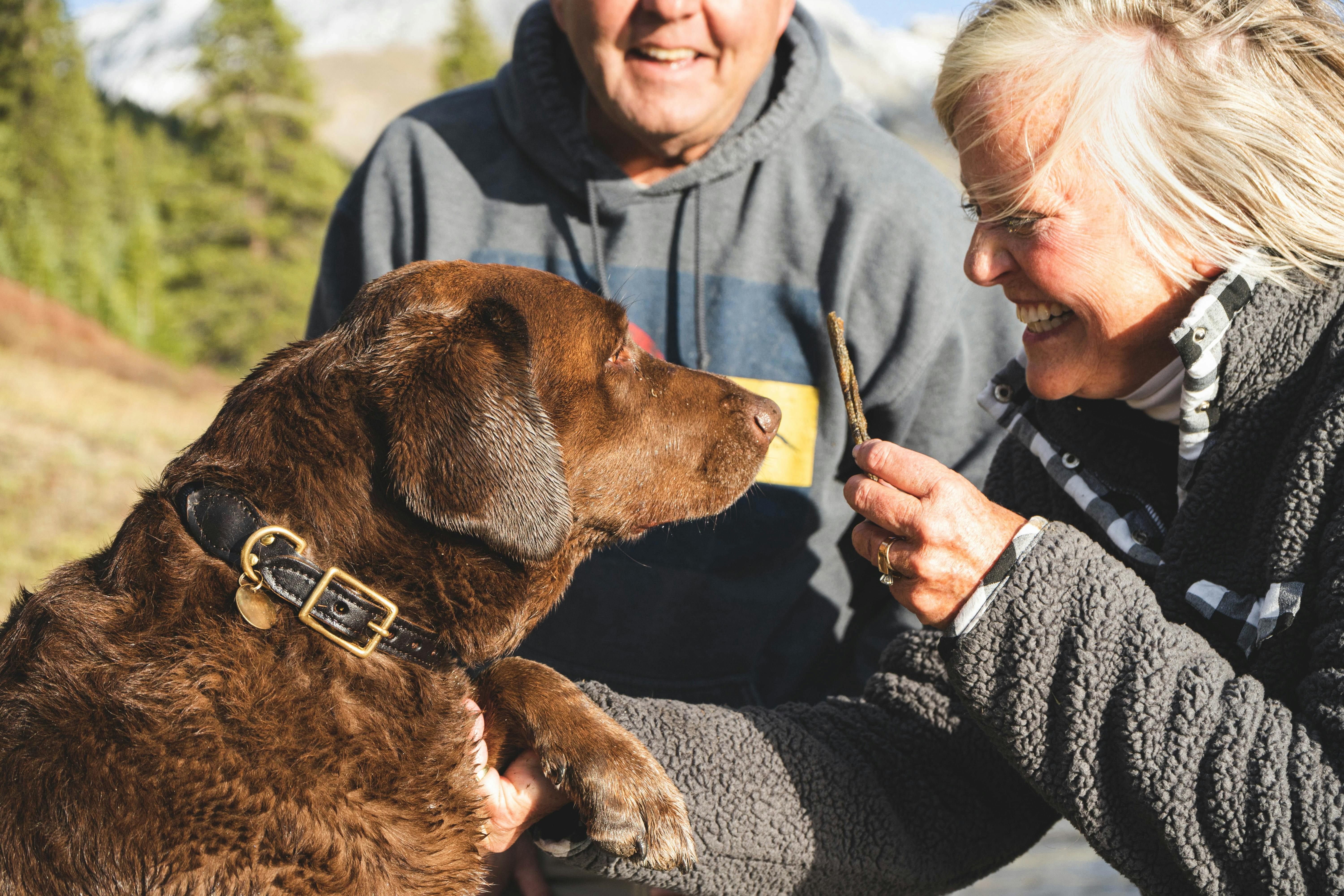After a dog has a seizure, ensure their safety by removing any objects that could harm them and protecting their head. Stay calm and monitor the duration of the seizure, then consult a vet promptly for guidance and possible treatment options.
Witnessing your dog have a seizure can be frightening, but knowing how to respond can make a significant difference in their well-being. Seizures in dogs can be caused by various factors, such as epilepsy, toxins, or underlying health conditions. Understanding what to do after a dog has a seizure is crucial for their health and safety.
By following the appropriate steps and seeking veterinary care, you can ensure the best possible outcome for your beloved pet. Let’s explore the necessary actions to take after a dog experiences a seizure to provide them with the care they need.
Recognizing Seizure Symptoms
After a dog has a seizure, it is important to remain calm and ensure the safety of the dog. When it comes to recognizing seizure symptoms, sudden collapse, twitching and convulsing, drooling or foaming, and loss of consciousness are some common signs to look out for. It’s important to carefully observe the duration and intensity of the seizure. Make sure to keep the dog away from any objects that could cause injury. Once the seizure has passed, it’s crucial to comfort the dog and keep them in a quiet, calm environment. Additionally, it is advisable to seek veterinary care to determine the cause of the seizure and to explore potential treatment options.
Staying Calm And Safe
After a dog has a seizure, it’s important to stay calm and ensure the safety of the dog and those around. Reduce noise and distractions in the environment to prevent further stress for the dog. Move dangerous objects away from the immediate vicinity to avoid any harm during the seizure. It’s essential to provide comfort to the dog without restraining them, allowing them to recover from the seizure naturally.
Timing The Seizure
Timing the Seizure
After a dog has a seizure, timing the duration of the seizure is crucial. Keeping track of the importance of timing allows for accurate information to be provided to the veterinarian, aiding in the evaluation and potential diagnosis of the issue. It is advisable to immediately call a veterinarian if the seizure lasts longer than five minutes or if the dog experiences more than one seizure within a 24-hour period.

Credit: wagwalking.com
Post-seizure Observations
After a dog has a seizure, it is important to keep a close eye on their behavior and condition. Look for signs of disorientation and confusion, which may last for a period after the seizure. Temporary blindness is also a common occurrence, so be prepared to assist your dog as they regain their vision. Some dogs may display agitation or aggression post-seizure, so it’s essential to approach them with caution to avoid any potential harm. Additionally, ensure the surrounding environment is safe and secure to prevent any further accidents or injuries. Providing a calm and comforting space for your dog to recover is crucial in aiding their post-seizure wellbeing.
Veterinary Assessment
When your dog has a seizure, it is important to seek veterinary assessment promptly. Schedule a vet visit as soon as possible and provide details of the seizure activity, including frequency, duration, and any unusual behavior before or after the seizure. Inform the vet of any recent changes in your dog’s health and medication. The veterinarian may conduct tests such as blood work, urinalysis, and imaging studies to identify the underlying cause of the seizure. Possible diagnoses may include epilepsy, ingestion of toxins, or neurological disorders. Treatment options and management strategies will be based on the diagnosis.
Home Care Strategies
As soon as a dog has a seizure, it’s important to create a calm environment to help them recover. Ensure the area is quiet and dimly lit, removing any potential hazards. Stay close by and speak soothingly to your pet. In terms of medication management, follow the veterinarian’s instructions precisely and keep a log of the seizures. This can assist the vet in determining the effectiveness of the current treatment plan. Additionally, pay close attention to dietary considerations. Consistent mealtimes, balanced nutrition, and appropriate hydration can all contribute to your dog’s overall well-being.
Monitoring And Record-keeping
After a dog has a seizure, it is important to keep a seizure log to monitor the frequency and intensity of the seizures. This will help in noticing any patterns or triggers that could be contributing to the seizures. By maintaining a detailed record, it becomes easier to share important information with the veterinarian and track any changes in the dog’s condition over time. Consistent and accurate record-keeping can provide valuable insights into the dog’s health and help in evaluating the effectiveness of any treatment measures. With this information, the vet can make informed decisions about the best course of action for the dog’s well-being.
Understanding Medication And Treatment Options
Anti-seizure medications: These medications are commonly prescribed to manage seizures in dogs. They work by stabilizing the brain’s electrical activity. The dosage and type of medication will depend on the severity and frequency of the seizures.
Alternative therapies: In addition to conventional medication, some dog owners may explore alternative therapies such as acupuncture, CBD oil, or herbal remedies. It’s crucial to consult with a veterinarian before pursuing these options to ensure they are safe and effective for the dog’s specific condition.
Lifestyle Adjustments For Your Dog
After a dog has a seizure, it’s important to make lifestyle adjustments to ensure their well-being. This includes modifying their exercise and activity levels to prevent overexertion and reduce the risk of future seizures. Additionally, implementing stress reduction techniques such as providing a calm environment, using aromatherapy, or incorporating soothing activities can help alleviate anxiety and lessen the likelihood of seizures. By making these adjustments, you can create a supportive environment for your dog’s overall health and wellness.
Support For Dog Owners
Dogs experiencing seizures can be a distressing experience for pet owners. It is important to provide emotional support and self-care for yourself as a dog owner. Joining support groups can be valuable in connecting with others who have experienced similar situations, offering a sense of community and understanding. Through these groups, you can gain insights, comfort, and share your experiences. In addition, ensure access to information about caring for your dog during and after a seizure and what to expect. Being prepared and informed can help you feel more confident in providing the necessary care for your beloved pet.
Frequently Asked Questions On What To Do After A Dog Has A Seizure
What Are The Common Signs Of A Dog Having A Seizure?
Seizures in dogs may include sudden falling, muscle convulsions, drooling, chomping, and loss of consciousness. It’s crucial to stay calm, protect the dog from hurting itself, and time the seizure duration. Always consult a vet for evaluation and guidance.
Should I Try To Restrain The Dog During A Seizure?
No, it’s best to keep a safe distance and gently clear the surroundings to prevent injuries. Never attempt to hold the dog’s mouth or tongue, as this may result in harm to both you and the dog. Always consult a vet and follow their recommendations.
What Can I Do To Help My Dog After A Seizure?
After a seizure, it’s important to keep your dog calm and comfortable in a quiet, dimly lit room. Observe any changes in behavior, and make note of the duration and intensity of the seizure. Contact your veterinarian promptly for further guidance.
Conclusion
In sum, being prepared for a dog’s seizure is key. With knowledge and quick action, you can assist your furry friend during and after an episode. Remember to stay calm, protect them from harm, and seek veterinary care promptly. With proper care and attention, your pet can lead a fulfilling and healthy life despite seizures.



